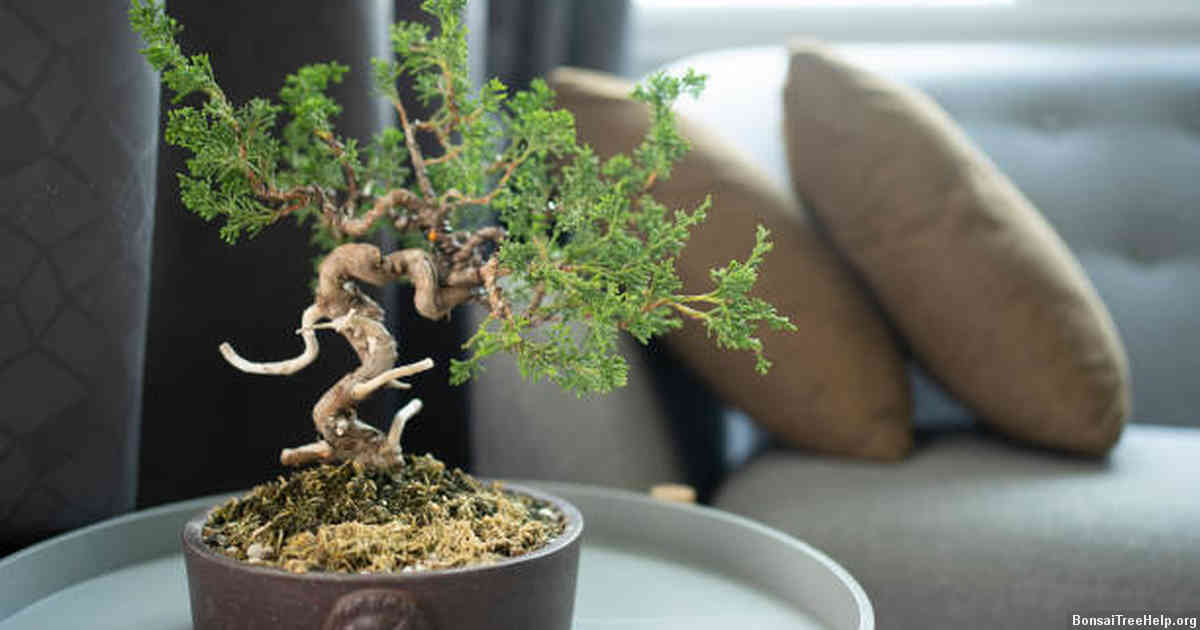
Potting soil specifically designed for bonsai trees is the best soil to use. This type of soil is light and airy, allowing water and oxygen to move freely through the root zone while providing optimal drainage. It also has a higher nutrient content than regular potting mix, which helps support healthy growth in bonsai plants. In addition to this special bonsai-specific soil, most bonsais will benefit from an occasional top dressing of compost or fertilizer as needed.
Contents:
- Understanding the Importance of Soil for Bonsai Plants
- Different Types of Soil Used for Bonsai Cultivation
- Organic vs Inorganic: Which Soil Type to Choose?
- Factors to Consider When Choosing Soil for Your Bonsai Plant
- How to Prepare Soil Mix for Your Bonsai Plant
- Pros and Cons of Using Commercial Bonsai Soil Mixes
- Frequently Asked Questions about Bonsai Soil and Maintenance
Understanding the Importance of Soil for Bonsai Plants
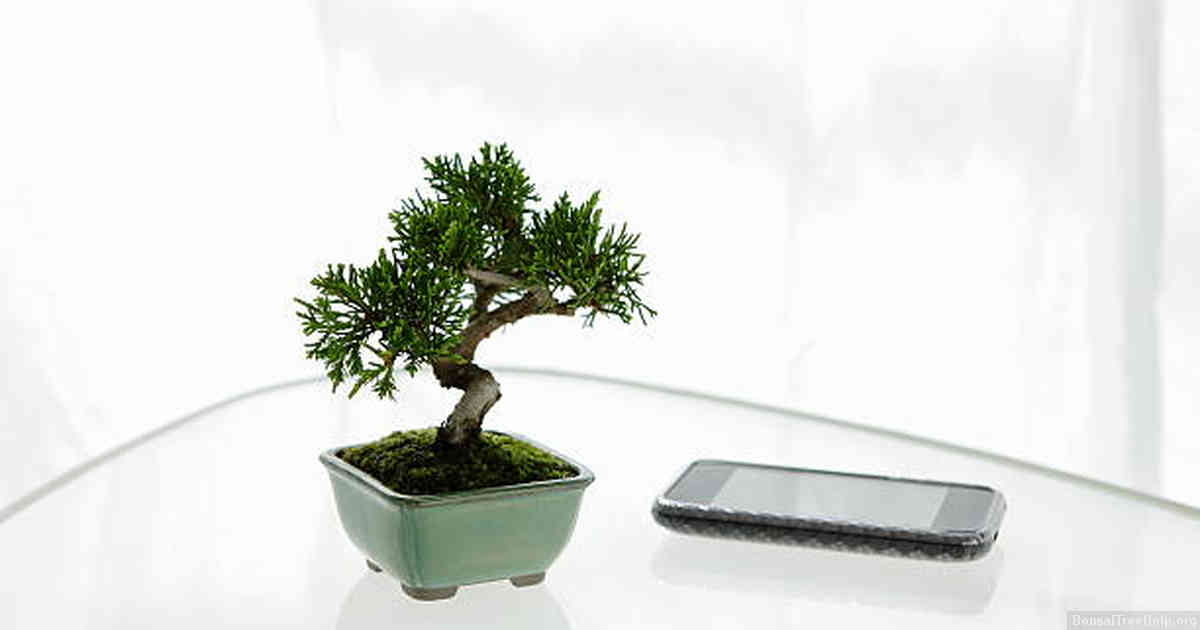
Soil is the main element of a bonsai plant’s environment and it plays a crucial role in helping it to flourish. The soil provides support for the roots as well as essential nutrients for growth, therefore selecting the right kind of soil for your bonsai plants is paramount.
Organic-based soils are best because they contain organic material such as peat moss and vermiculite which improve air flow and drainage, two important factors when growing bonsais. Soils with lots of clay can cause poor drainage and impair root development; likewise, overly sandy soils lack sufficient aeration. The ideal mixture should be made up of small particles that are light enough to allow water movement and oxygen exchange around the roots but also dense enough so that it retains some moisture.
Another key factor to consider when looking at types of soil is pH balance. For most species, slightly acidic (5.5 – 6) or neutral (6 – 7) levels are optimal; if you find yourself needing more exact measurements you can purchase test kits from nurseries or gardening stores which will help you measure your soil’s pH level accurately. Though this isn’t always necessary because each tree type has different requirements, understanding general principles concerning acidity is key in keeping your trees healthy.
Different Types of Soil Used for Bonsai Cultivation
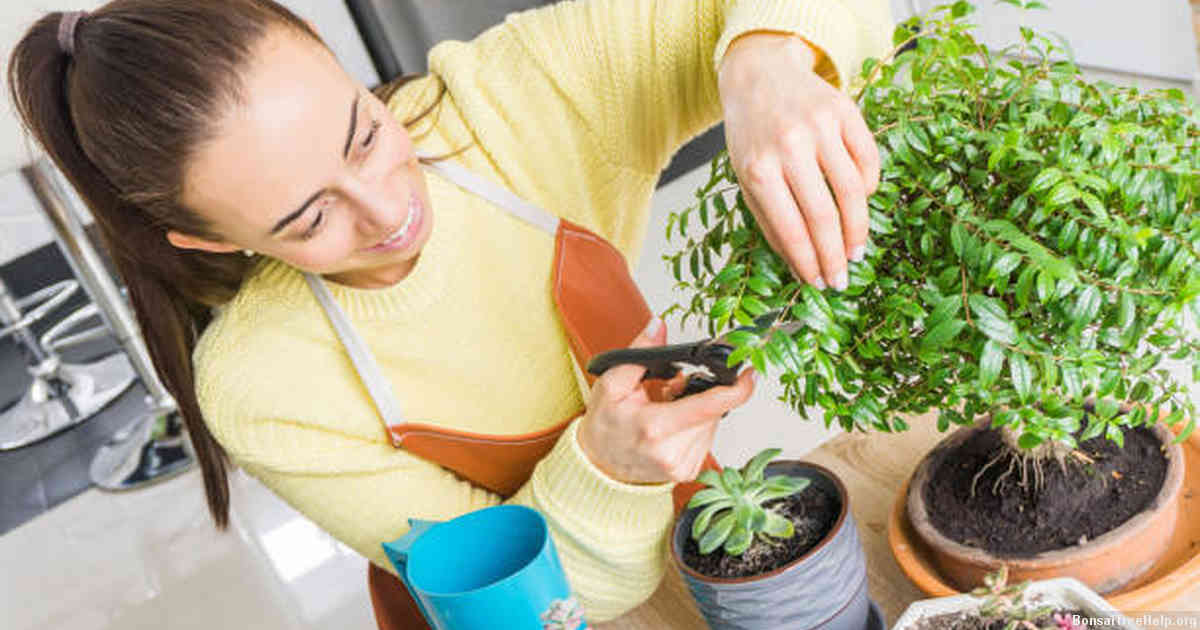
The cultivation of bonsai plants requires specific soil conditions to ensure proper growth and health. The most common type of soil used for this purpose is akadama, a traditional Japanese clay soil that is known for its excellent drainage and aeration capabilities. Other options include pumice, lava rock, decomposed granite, and inorganic soils like Kanuma or Horticultural charcoal.
Akadama is a naturally occurring clay found in Japan that has been used for centuries in bonsai cultivation due to its ability to hold moisture and release it slowly over time. It can be bought either as small particles or crushed into larger pieces depending on the desired effect and pot size. Pumice is another option which consists of light weight volcanic rocks with lots of air pockets helping to provide both superior drainage while also allowing roots plenty room to grow without becoming overly compacted or damaged by water stagnation.
Lava rock and decomposed granite are both readily available stones that offer significant aeration benefits while keeping the plant properly hydrated without becoming too soggy or wet. Inorganic substrates such as Kanuma or Horticultural Charcoal have the added advantage of not only providing excellent drainage but also having antifungal properties which help prevent disease from spreading among your collection of plants. Each one offers different advantages depending on what you need for optimal growth, so be sure to research them all before selecting one for your bonsai needs.
Organic vs Inorganic: Which Soil Type to Choose?
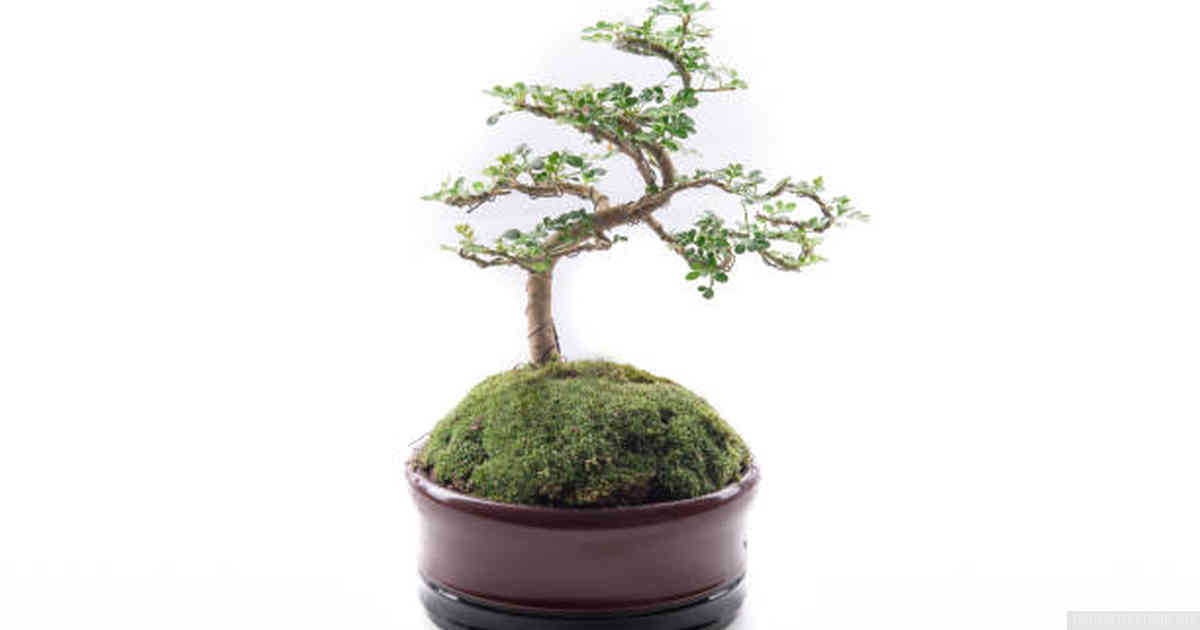
Choosing the right soil for your bonsai plants is essential. There are two primary types of soil, organic and inorganic. Understanding the benefits of each can help you decide which type is best suited to your needs.
Organic soils contain a combination of minerals, nutrients, and other materials that result from decomposition of organic material. They retain moisture longer than inorganic soils as they have higher water holding capacity due to having some tiny air pockets throughout their composition allowing them to hold more air per unit volume compared to inorganic soils. It provides an excellent habitat for beneficial microorganisms like bacteria and fungi which will produce carbon dioxide when they break down the organic matter during respiration aiding with root growth. As a result, it’s a popular choice for those wanting to ensure their bonsai trees get optimal nutrition from the soil.
In contrast, inorganic soils are composed mostly of various forms of gravel or sand such as expanded clay pellets (also known as leca). It does not retain much water so growers must be extra vigilant about watering requirements when using this kind of soil type and should aim to water several times per week depending on seasonality and humidity levels. Many find this approach worthwhile because its light weight makes it easy to re-pot without heavy lifting; additionally, roots can spread out easily into the many crevices between pebbles providing ample room for expansion over time as needed by each tree species.
Factors to Consider When Choosing Soil for Your Bonsai Plant
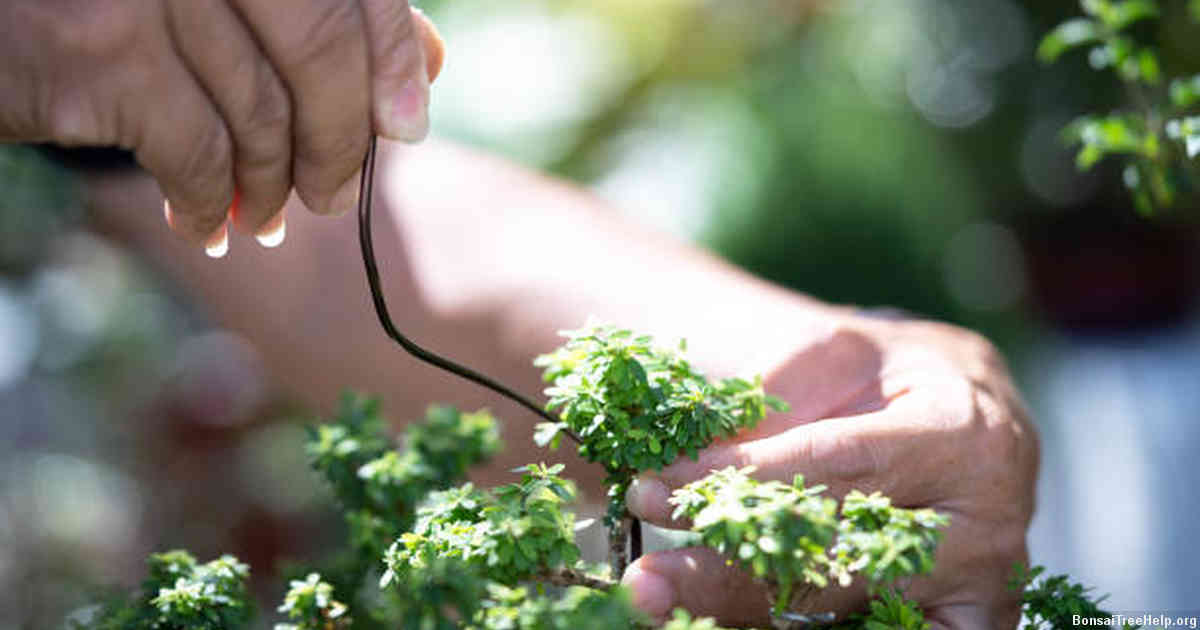
When it comes to caring for your bonsai plant, soil choice is a critical factor. Bonsai plants require well-draining soil that will hold moisture and also aerate the roots. The type of soil should be suited to the climate and environment in which your bonsai tree is growing. Sandy loam soil or decomposed granite are ideal choices as they promote healthy root growth while at the same time offer enough drainage.
A variety of organic materials such as humus, peat moss, bark chips, or leaf mulch can also be used in combination with conventional soils to achieve optimal water retention properties. A good soil mix should also contain some form of slow-release fertilizer like vermiculite, lime, or dolomite to ensure proper nutrient uptake by the roots of your bonsai tree. It is important to consult with an experienced horticulturist prior to selecting any specific types of components for your garden soil blend.
If you plan on repotting your bonsai plant into a larger pot over time then it may be wise to consider using a mixture designed for container gardening instead of regular garden topsoil. This type of specialised media can provide adequate drainage for root systems that expand over time, preventing them from becoming too wet due to excess water accumulation in the bottom portion of the pot.
How to Prepare Soil Mix for Your Bonsai Plant
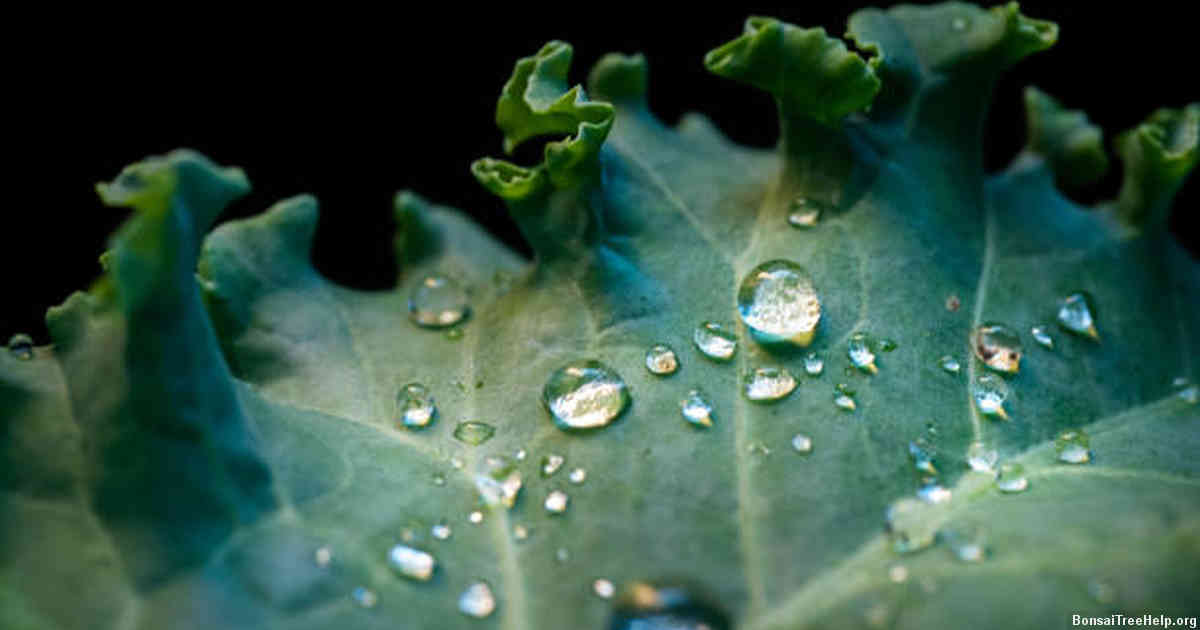
When selecting soil for your bonsai plants, it’s important to find the right mix to make sure your plant can thrive in its new environment. Preparing a mixture of various soils with additional components is often an effective way to ensure that your bonsai will flourish.
You may want to begin by gathering both organic and inorganic materials such as sand, peat moss, potting soil, decomposed bark and leaves. These provide essential nutrients for the growth of your bonsai tree such as nitrogen and potassium. To make sure you are getting good drainage for proper root oxygenation, you should also add fine grit such as sharp sand or akadama clay granules; this also aids aeration so that water does not become stagnant at the root level.
Adding slow-release fertilizers gives your plants a steady stream of food for healthy development during their initial stages of growth. Though this combination of ingredients creates an ideal soil blend for bonsai tree health, be mindful that different species might need small alterations depending on the amount of shade or sunlight they require daily. By understanding which elements work best with each type of plant or region climate-wise, it increases the chances that all components come together harmoniously when preparing a custom soil blend meant just for your bonsais.
Pros and Cons of Using Commercial Bonsai Soil Mixes

Using commercial bonsai soil mixes has both advantages and disadvantages. One of the most prominent advantages is convenience: bonsai soil mixes come pre-packaged, saving gardeners time in sourcing components or constructing their own custom blends. They are consistent in composition and offer a much more predictable root environment than soils prepared from scratch.
The downside to buying a pre-mixed blend is that it can be more expensive compared to DIY solutions; however, for those who lack the ability or interest in building a unique soil blend tailored to their needs, this could be worth it for peace of mind. Some commercial soils are made with lower quality ingredients which may not provide optimal nutrition for your plant and can become compacted over time due to low air space between particles; an issue which cannot easily be solved by simply stirring in additional organic matter such as compost or peat moss.
Something important to keep in mind is that while premixed soilless potting mixtures specifically marketed as “bonsai soil” will generally suffice for indoor specimens grown in shallow containers, outdoor trees often require very different conditions if they are going thrive long term. In this case it’s generally advised to custom build a mix based on local materials that best simulate natural surroundings rather than resorting solely to store bought options.
Frequently Asked Questions about Bonsai Soil and Maintenance
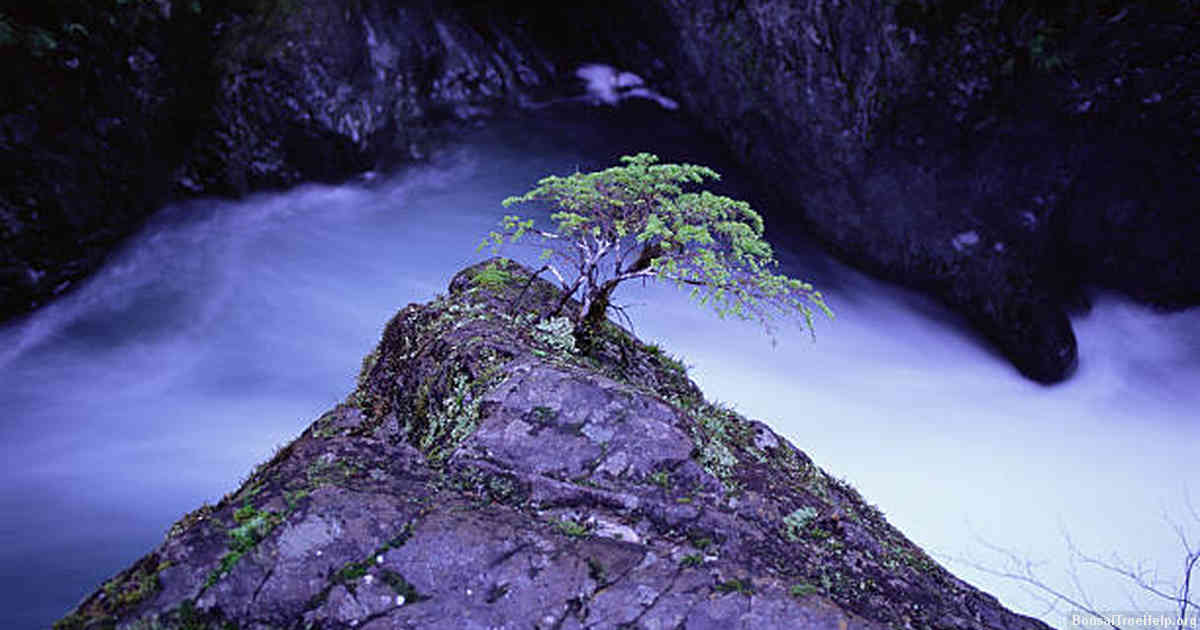
Maintaining a bonsai plant requires knowledge of soil and its care. For example, it is important to understand what type of soil should be used for optimum growth. Understanding the necessary elements that should be included in the soil helps ensure a beautiful and healthy looking bonsai tree for years to come.
One common question about bonsai is whether traditional potting soils are suitable. Generally speaking, these types of soils contain too much organic matter which can lead to root rot and fungal diseases. Instead, look for specific soils designed specifically for bonsai plants that include ingredients such as pumice, volcanic cinders or crushed granite gravel. All three provide excellent drainage while still providing essential nutrients from natural sources.
Another frequently asked question involves fertilization: how often does a bonsai need to be fertilized? While there isn’t one answer that fits all scenarios, in general it’s good practice to feed your bonsai once every two weeks during the growing season with either liquid or granulated fertilizer formulated specifically for this purpose. During winter months when growth slows down dramatically reduce feeding frequency; twice monthly will likely suffice unless you have an indoor set up using supplemental lighting or heating then weekly may be more appropriate.
Leave a Reply